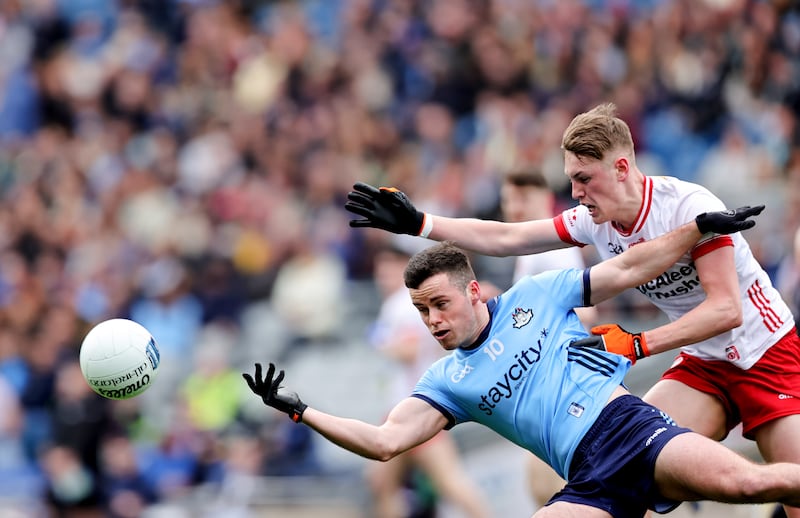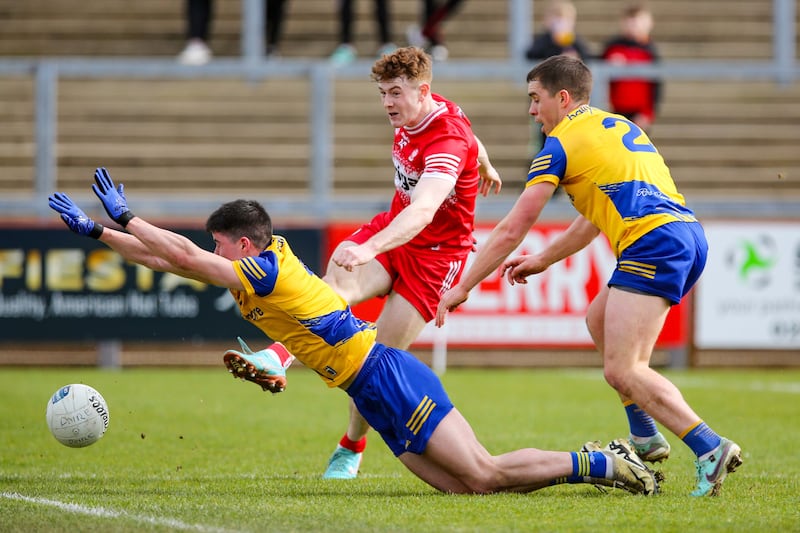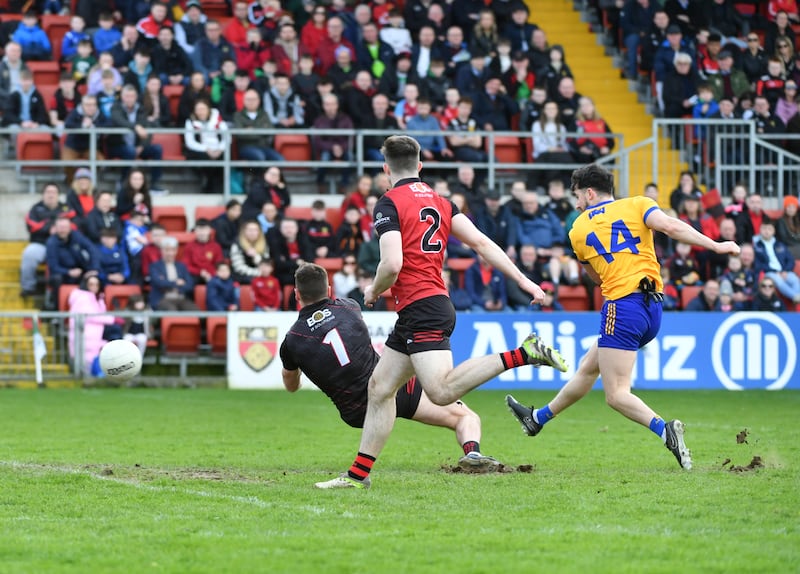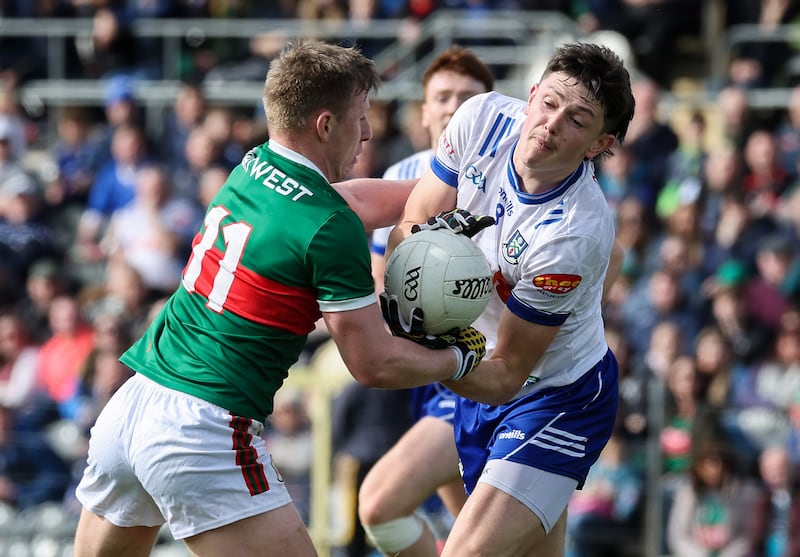The great football league crescendo that we had become accustomed to never materialised at the weekend. Previously there were finely balanced verdicts tilting one way and then another as matches ebbed and flowed.
Counties went up, slipped down or hung on with the kick of a ball in injury time. Such was the excitement that the actual finals were generally overshadowed.
This year was the lowest-key final weekend in memory. The identity of the Division One finalists was pretty well established and apart from some far-fetched results, nothing was going to disturb a Derry-Dublin final – to the extent that Kerry, first in line if anything went wrong had already booked a training camp in Portugal for the week of the final.
Run through the league. Not a single county in the top three divisions leapfrogged the team above them – at either end of the table.
READ MORE
In Division Four, Leitrim technically came from fourth place to second but they went into the final weekend level on points with the second and third counties, Wexford and Longford, who had to play each other.
It’s a far cry from 2017 when Kerry shot up from sixth place to second and qualified for the final in which they beat Dublin. Or the numerous occasions Monaghan confounded relegation on the last day. Or when Cork, one of four counties on six points got relegated on scoring difference whereas one of the others, Donegal, got to the semi-finals.

There is not a whole lot that can be done if insufficient counties are in contention on the last day. Nobody can anticipate results and how a league will unfold and no less than a championship draw that keeps all the favourites apart, it is a function of the random.
For instance, the CCCC, who map out league fixtures, thought that it would be a good idea to showcase Division Two at the start of the last weekend by having all of its fixtures on Saturday evening. This would give their competition some profile with live television et cetera so that it wouldn’t be overshadowed by the Division One schedule.
What happened? The division became the most predictable of all with its two ascendant counties, Donegal and Armagh confirmed as promoted before the last series of matches were even played. The same applied to one relegation spot with Kildare already gone.
The general anticlimax has come at a bad time for the league in general. There have been plenty of complaints about the tightness of the scheduling and its associated distraction, the imminence of championship.
This was reflected in the fact that for a long time, the official fixtures list maintained a studied ambiguity about the league finals. The four divisional contests were listed as for the weekends of March 30th and 31st.

That has now been clarified – as usual, the one and two finals will be on Sunday with the others on Saturday – but the point of it all was to juggle the finals to try to give those participating an extra day if possible were they due out in the championship a week later.
Miraculously, given that there are eight provincial championship fixtures and 16 counties involved, only two are involved the following weekend; Leitrim, who face Sligo and Westmeath, playing Wicklow. Both will have an eight-day break until then although it will mean a fourth successive week playing a match.
It is not ideal but a year ago, two of the three teams in that position, Sligo and Wicklow both comfortably won their first championship outings after contesting the Division Four final.
Of course, most attention fell on the one that didn’t. Mayo had been league winners only a week when they were brought back to earth – inasmuch as they had got particularly high – by Roscommon.
Croke Park officials strenuously argue that they have a narrow window to organise the league and already it flies by the seat of its pants in dodging bad weather and its consequences for fixtures.

Awarding divisional titles to teams who top the table is an obvious way of saving a week but there is little support among the counties to do away with the finals.
The reasoning is obvious for the bottom half of the league, which by and large contains the counties most affected. They get to play very few meaningful matches at Croke Park and this is one such opportunity.
As Longford manager Paddy Christie told Malachy Clerkin on Saturday: “To me, that just shows you the difference between the haves and the have-nots straight away. If you’re with Longford or Tipperary or Carlow or Wexford, Jesus you’d bite the hand off anyone offering them a place in a league final in Croke Park.”
The weekend just gone actually provided further evidence in favour of the finals. Were the top county in each division to be awarded the title, there would always be a danger that matters would have been already settled.
The most compelling testimony is that the general rule ordains that the best teams regard it as in their interest to reach league finals and win them. Dublin and Derry are the form teams at the moment. Both have plenty of time to prepare for championship.

“I think it would be a disgrace to take away the league finals,” was Derry manager Mickey Harte’s reaction to the idea.
“You go to Croke Park. You play in a final and you win or you lose but it’s a big day out. To take that away – I don’t know, what’s the big deal? One more week’s football? If that only meant shoving the championship on a week then, so be it. But I just can’t understand it.”
This year, for a change, it’s going to end with a bang rather than a whimper.

















